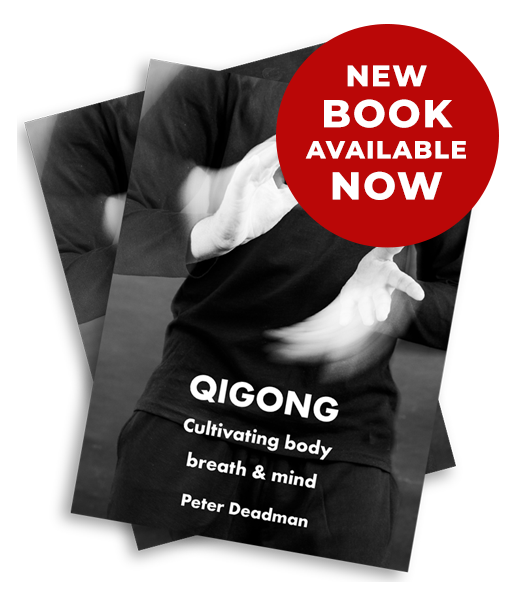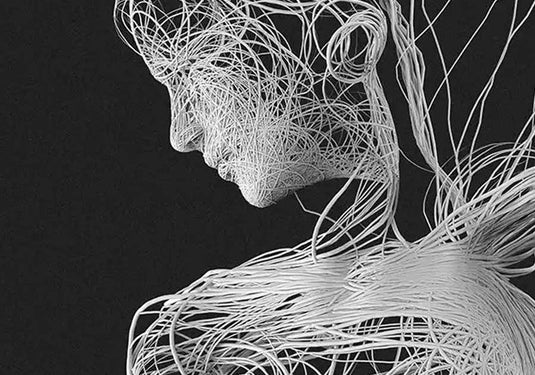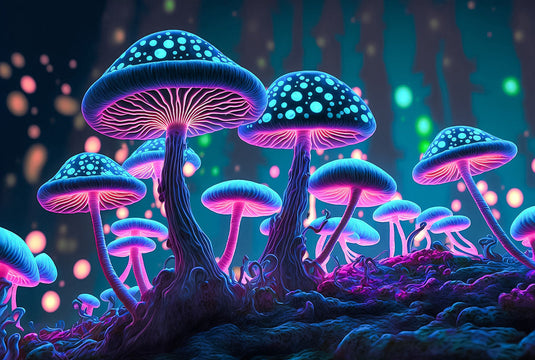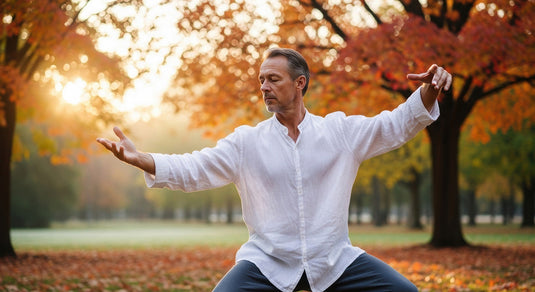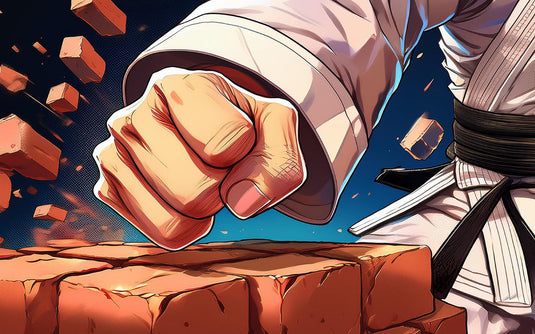Anyone who has seen the wonderful film Paddington 2 (and what a delight in store if you haven’t) will remember the Paddington hard stare. As the little bear says, "my aunt taught me to do them when people had forgotten their manners”, and in the movie, even hardened convicts quail when Paddington turns it on them.
I found myself referring to the Paddington stare in a recent qigong class when we were doing the tiger form. Chinese qigong books often suggest that a ‘fierce stare’ be adopted when doing practices like the tiger.
The tiger belongs to Wood and thus the Liver in the Chinese five phase correspondence system. That means that when we practise it, we consciously engage the sinews and imagine powerful claws (fingernails) – both of which are associated with the Chinese medicine Liver system. And the fierce stare, which engages the eyes – also part of the Liver system, particularly reflects the relationship of the Liver to anger.
Unregulated anger on the one hand and lack of healthy anger on the other are both signs of Liver disharmony (excess and deficiency respectively). So the fierce stare embodies the ideal state of the Liver energy – not angry or aggressive but rather assertive, confident, strong and where necessary appropriately angry – especially when it is combined with powerful and solid stances.
Most of us are familiar with the idea that our posture works in a feedback loop with our energy and emotions. We slump when we are sad, depressed or feeling disempowered and stand in erect, open, confident poses when we are feeling grounded and strong. So slipping into sagging poses or consciously adopting strong ones can really change the way we feel and operate in the world. If we constantly allow our chest, posture and energy to collapse, we start to become stuck in negative and despondent states, while if we regularly practise strong, confident, open stances we are more likely to carry these qualities though into our daily lives.
Practising a strong and confident pose accompanied by a fierce stare can therefore shift us into more assertive states but it also provides us with a useful opportunity to explore yinyang dynamics. The challenge is to cultivate strength and confidence without creating tension … we’ve probably all met people whose rigid bearing (like a suit of armour) masks uncertainty and doubt and causes them and others unnecessary suffering. So we have to learn to maintain a core of yin softness within yang power. And equally, when we practice qigong forms which prioritise softness and release, we maintain a strong yang core to avoid becoming weak and ineffective.
As Liu I-ming said in the 18thcentury, “”Being strong without letting strength go too far, being flexible without becoming ineffective, strength is joined to flexibility and flexibility is applied with strength.”

